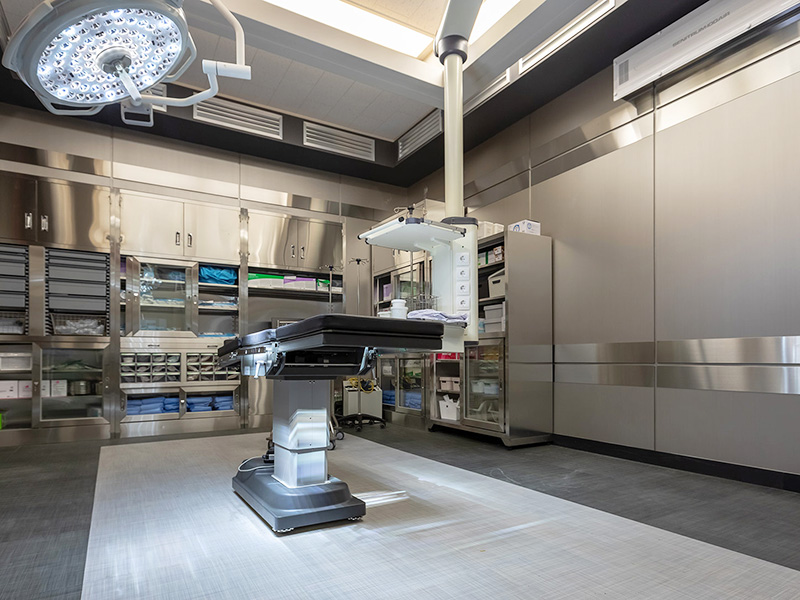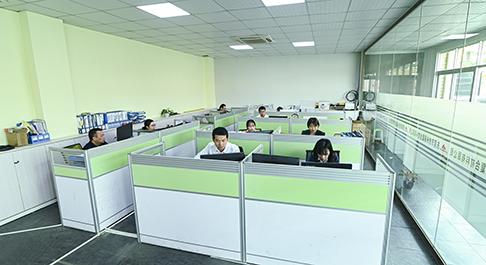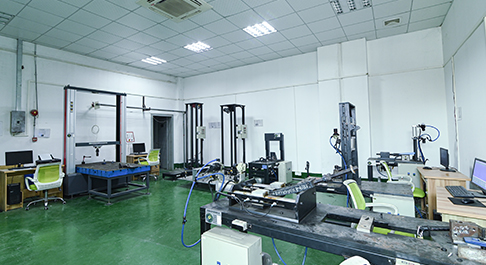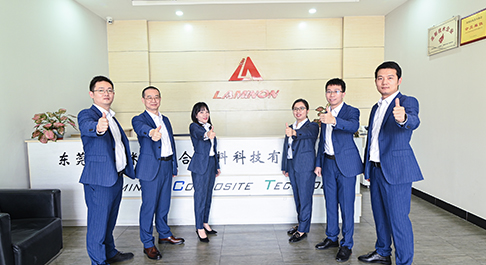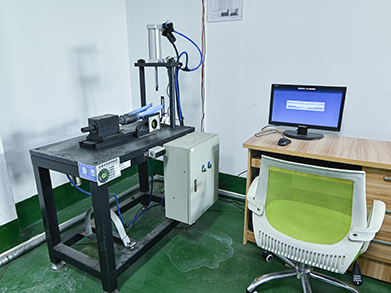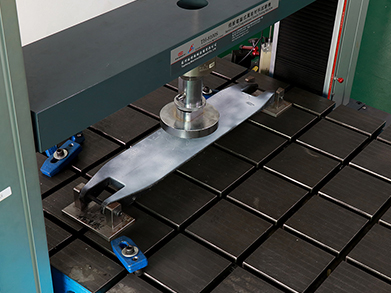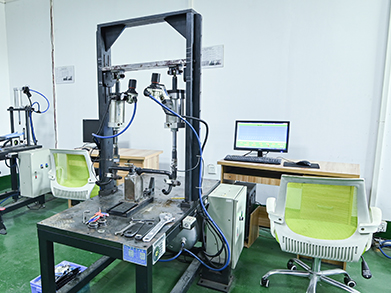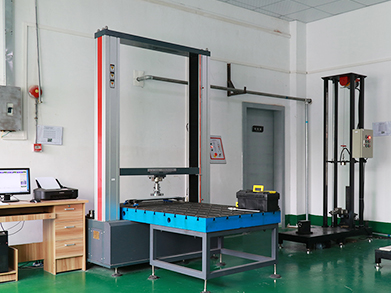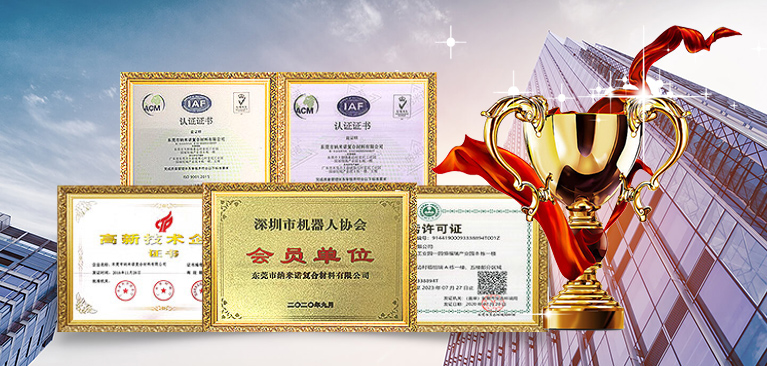Lay "dry" carbon fiber composite material on the mold, then lay a vacuum bag, and draw out the vacuum in the system to form a negative pressure in the mold cavity, and use the pressure generated by the vacuum to pass the unsaturated resin through the pre-laid pipeline Press into the fiber layer, let the resin infiltrate the reinforcing material, and finally fill the entire mold. After the product is cured, remove the vacuum bag material and obtain the desired product from the mold.
In the vacuum environment, the resin infiltrates the carbon fiber, and there are very few bubbles in the product. The product has higher strength, lighter weight, stable product quality, and reduces the loss of resin. Only one mold can be used to obtain two sides. A smooth and flat product can better control the thickness of the product. It is generally used in rudders and radar shields in the marine industry, blades and cabin covers in wind power energy, and various types of roofs, windshields, and carriages in the automotive industry.



